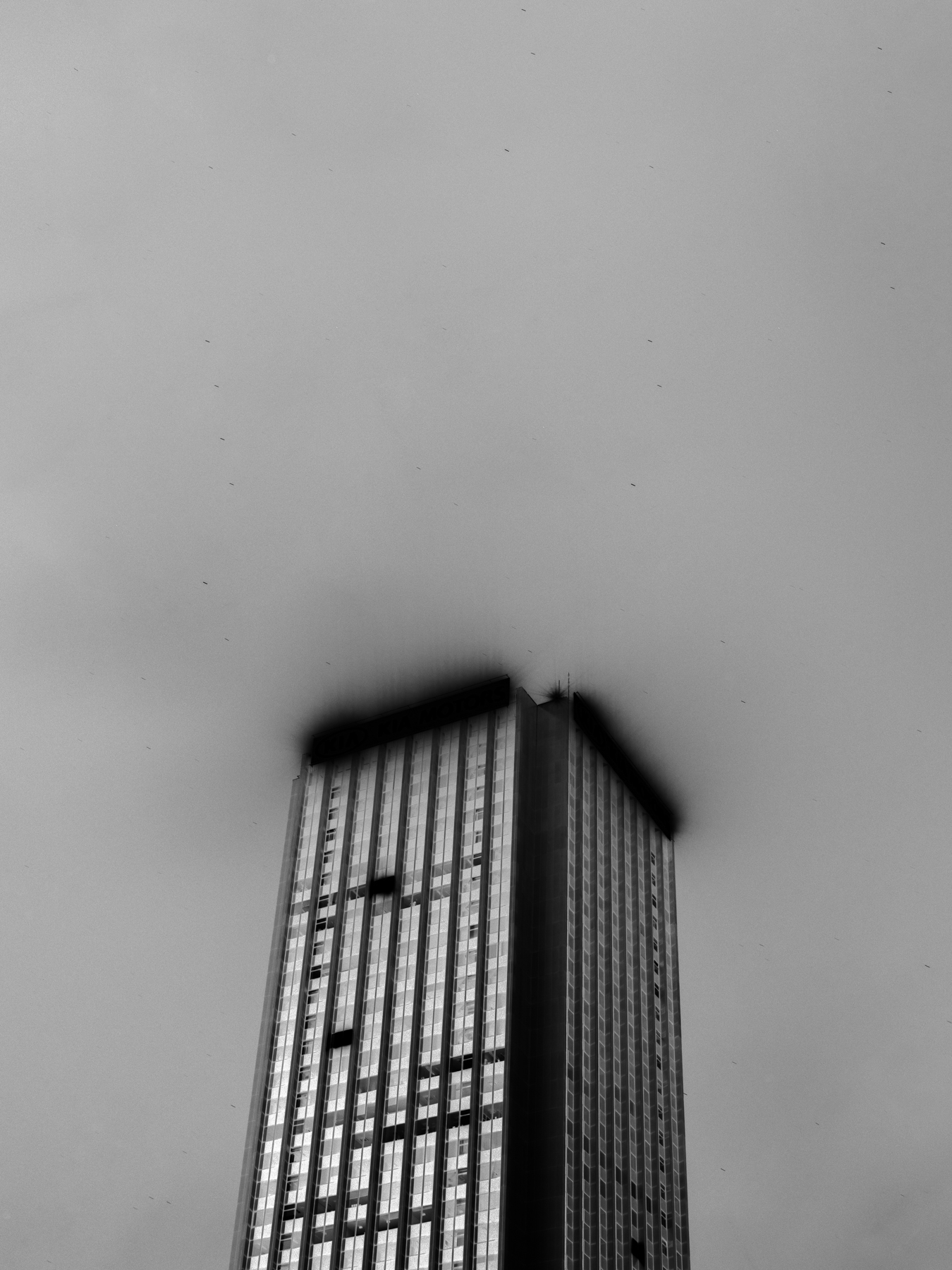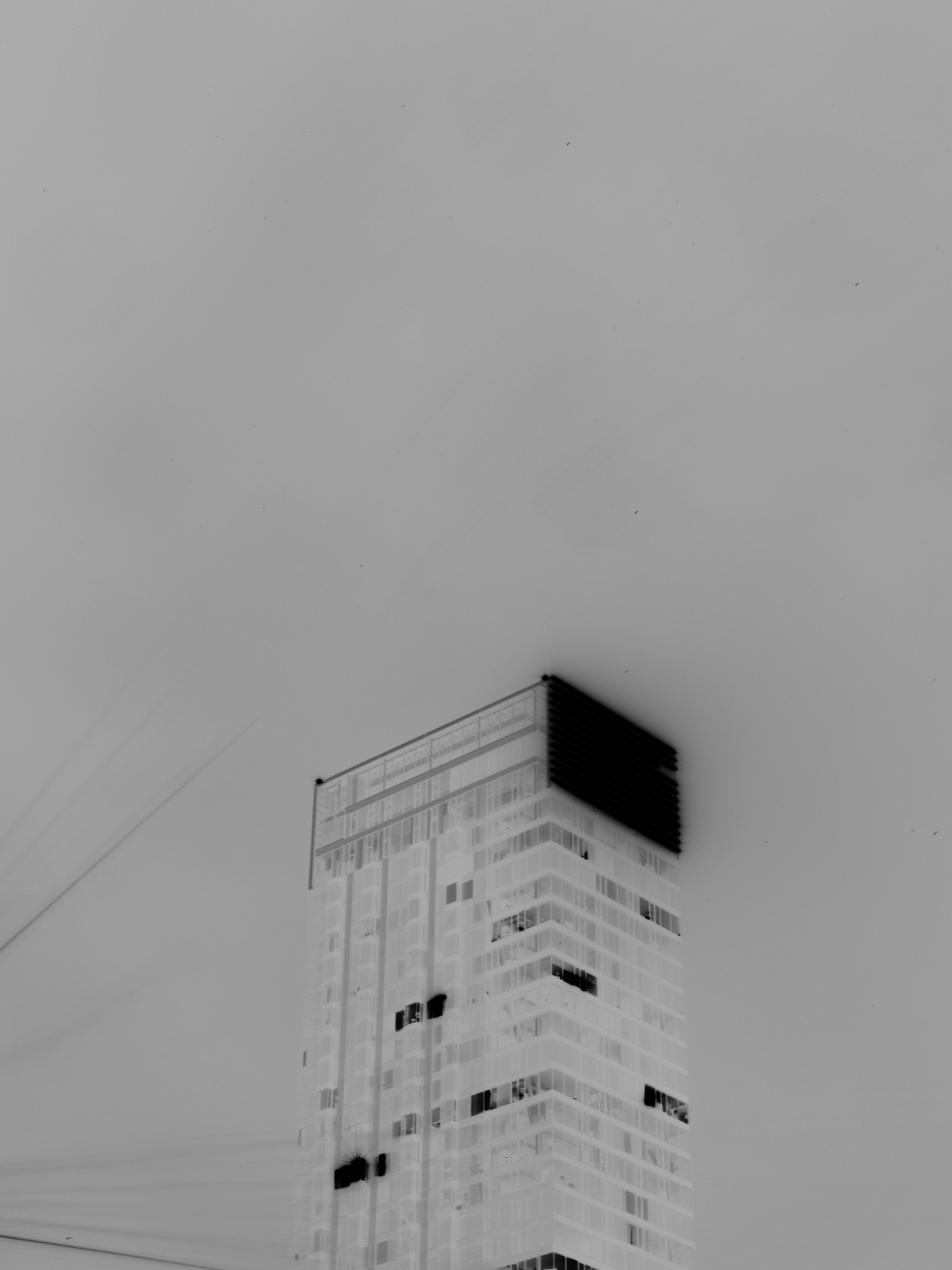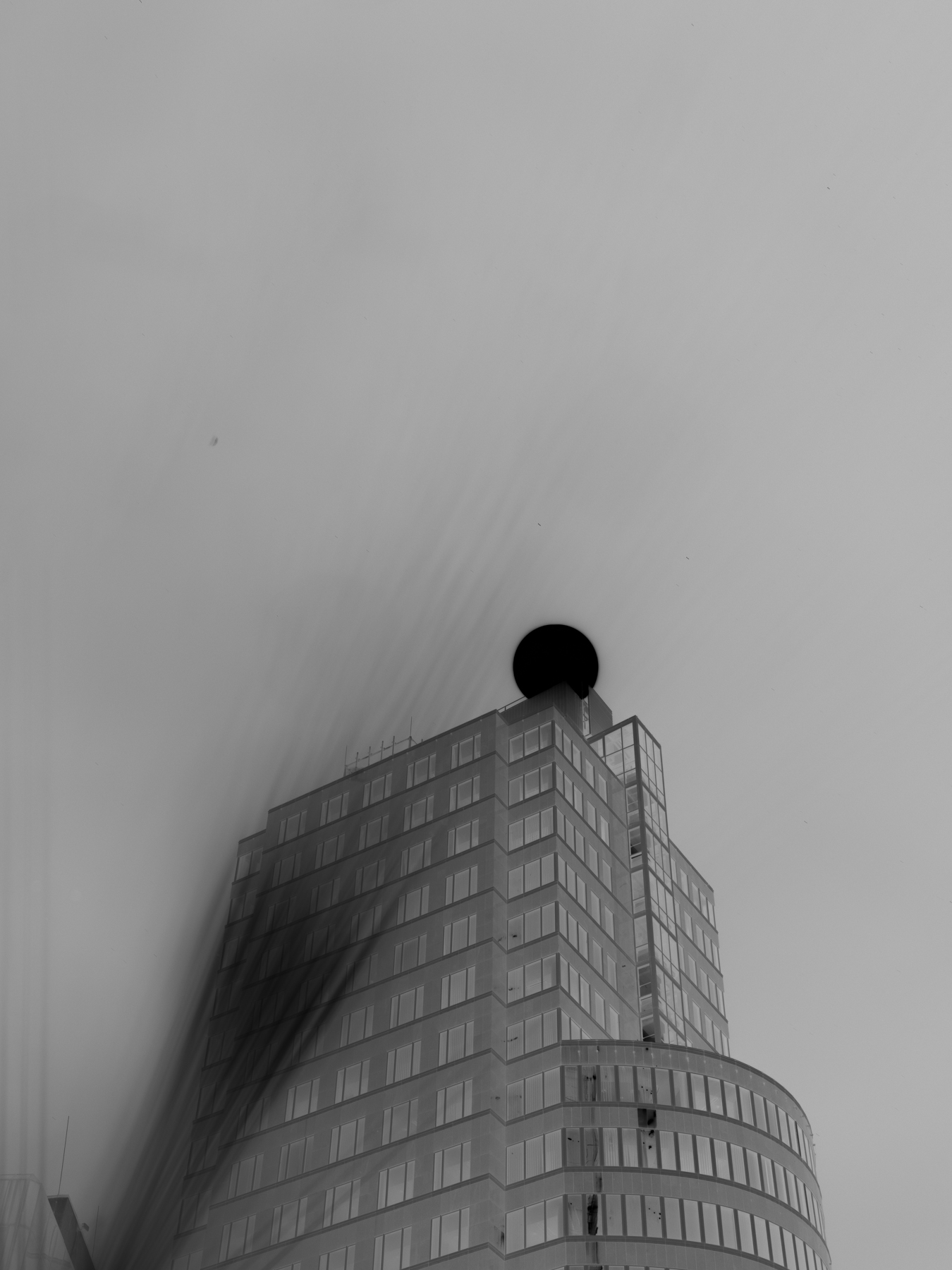







Highlighting Darkness
2019
Highlighting Darkness is a typology of urban buildings in light polluted areas.
In the light of environmental pollution and climate change, we often speak about plastic waste in the ocean, exhaust gas and carbon dioxide and how the aftermath of this pollution is catastrophically affecting the state of our planet and our living conditions as humans. One important aspect thereof, however, often seems to be overlooked: light pollution.
The intensity and quantity of the countless light sources that illuminate the night blend the vision of the starry sky in most urban areas. Poorly targeted, overly bright and improperly shielded, they spill light into the night sky, causing also a serious waste of energy. Light pollution, as a side effect of industrial civilization, has a strong impact on existing ecosystems: The light smog disrupts plants in their natural growth cycles, night active animals such as insects and birds can no longer navigate and perish. The absence of total darkness also significantly influences the human hormone level - more and more people suffer from insomnia and its psychological and physical consequences.
The photographs of this ongoing project were taken in Warsaw, Poland, which like most other urban areas is strongly light polluted. The advertisements on the depicted lonely skyscrapers seemingly shine in vain throughout the dazzled night. By inverting the images, the issue becomes evident. The light sources turn into threatening dark spots, like burned holes in the images.
2019
Highlighting Darkness is a typology of urban buildings in light polluted areas.
In the light of environmental pollution and climate change, we often speak about plastic waste in the ocean, exhaust gas and carbon dioxide and how the aftermath of this pollution is catastrophically affecting the state of our planet and our living conditions as humans. One important aspect thereof, however, often seems to be overlooked: light pollution.
The intensity and quantity of the countless light sources that illuminate the night blend the vision of the starry sky in most urban areas. Poorly targeted, overly bright and improperly shielded, they spill light into the night sky, causing also a serious waste of energy. Light pollution, as a side effect of industrial civilization, has a strong impact on existing ecosystems: The light smog disrupts plants in their natural growth cycles, night active animals such as insects and birds can no longer navigate and perish. The absence of total darkness also significantly influences the human hormone level - more and more people suffer from insomnia and its psychological and physical consequences.
The photographs of this ongoing project were taken in Warsaw, Poland, which like most other urban areas is strongly light polluted. The advertisements on the depicted lonely skyscrapers seemingly shine in vain throughout the dazzled night. By inverting the images, the issue becomes evident. The light sources turn into threatening dark spots, like burned holes in the images.








Highlighting Darkness
2019
Highlighting Darkness is a typology of urban buildings in light polluted areas.
In the light of environmental pollution and climate change, we often speak about plastic waste in the ocean, exhaust gas and carbon dioxide and how the aftermath of this pollution is catastrophically affecting the state of our planet and our living conditions as humans. One important aspect thereof, however, often seems to be overlooked: light pollution.
The intensity and quantity of the countless light sources that illuminate the night blend the vision of the starry sky in most urban areas. Poorly targeted, overly bright and improperly shielded, they spill light into the night sky, causing also a serious waste of energy. Light pollution, as a side effect of industrial civilization, has a strong impact on existing ecosystems: The light smog disrupts plants in their natural growth cycles, night active animals such as insects and birds can no longer navigate and perish. The absence of total darkness also significantly influences the human hormone level - more and more people suffer from insomnia and its psychological and physical consequences.
The photographs of this ongoing project were taken in Warsaw, Poland, which like most other urban areas is strongly light polluted. The advertisements on the depicted lonely skyscrapers seemingly shine in vain throughout the dazzled night. By inverting the images, the issue becomes evident. The light sources turn into threatening dark spots, like burned holes in the images.
2019
Highlighting Darkness is a typology of urban buildings in light polluted areas.
In the light of environmental pollution and climate change, we often speak about plastic waste in the ocean, exhaust gas and carbon dioxide and how the aftermath of this pollution is catastrophically affecting the state of our planet and our living conditions as humans. One important aspect thereof, however, often seems to be overlooked: light pollution.
The intensity and quantity of the countless light sources that illuminate the night blend the vision of the starry sky in most urban areas. Poorly targeted, overly bright and improperly shielded, they spill light into the night sky, causing also a serious waste of energy. Light pollution, as a side effect of industrial civilization, has a strong impact on existing ecosystems: The light smog disrupts plants in their natural growth cycles, night active animals such as insects and birds can no longer navigate and perish. The absence of total darkness also significantly influences the human hormone level - more and more people suffer from insomnia and its psychological and physical consequences.
The photographs of this ongoing project were taken in Warsaw, Poland, which like most other urban areas is strongly light polluted. The advertisements on the depicted lonely skyscrapers seemingly shine in vain throughout the dazzled night. By inverting the images, the issue becomes evident. The light sources turn into threatening dark spots, like burned holes in the images.